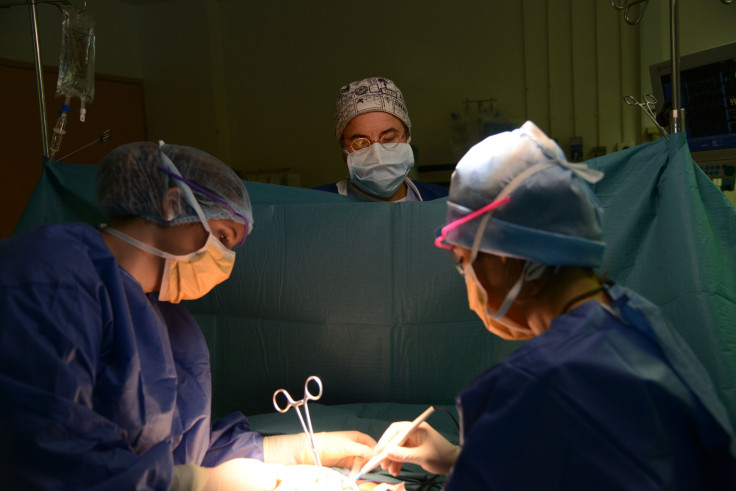What Is Polyostotic Fibrous Dysplasia? Boy With 10-Pound Tumor On Face Dies

A 14-year-old boy, who underwent a surgery to remove 10-pound tumor from his face, died Friday night, media reports said Sunday. Cuban boy Emanuel Zayas' surgery at the Holtz Children’s Hospital at Jackson Memorial was successful, however, he later developed several complications which ultimately led to his death.
"Our condolences and prayers for Emanuel's family and the loss of a very brave young man," Dr. Robert E. Marx, a surgeon at Jackson Memorial Hospital was quoted saying by NBC 6. "I am saddened by the fact that we are losing him and that apparently, the physiologic stress of the surgery was too much for his compromised anatomy to overcome," Marx said.
"Our hopes of saving his life and in doing so would allow him a better quality of life have not been realized," he added.
Zayas developed the massive tumor that almost covered his face after suffering from a rare disease called polyostotic fibrous dysplasia — a genetic disorder in which fibrous tissue begins to replace the bone in the body.
Marx said that Zayas' family plans to donate his body to medical research in the hope of learning more about the rare disease and helping other people suffering from it.
Zayas' tumor was almost the size of a basketball that made it difficult for him to breathe as well as eat. After years of struggle, his family had managed to get a temporary visa and traveled from Cuba to Florida for the scheduled surgery in January.
El niño cubano Emanuel Zayas junto a su familia. Emanuel fue operado de un tumor facial el 12 de enero de 2018 en el Jackson Memorial Hospital de Miami. Aquí puedes leer varios artículos sobre él https://t.co/N8glLY3bZM pic.twitter.com/Xq5iQRPZKK
— Cuba Trendings (@cubatrendings) January 15, 2018
What is Polyostotic fibrous dysplasia?
Polyostotic fibrous dysplasia is a disorder in which multiple areas of bone are replaced by fibrous tissue which may cause fractures and deformity of the legs, arms, and skull. Hormonal problems that can be related to polyostotic fibrous dysplasia include early puberty, thyroid abnormalities, and an increased rate of growth.
Symptoms:
If the condition is mild, polyostotic fibrous dysplasia may show zero or few signs and symptoms. More severe fibrous dysplasia may cause:
- Bone pain, usually a mild to moderate dull ache
- Swelling
- Bone deformity
- Bone fractures, particularly in the arms or legs
- Curvature of leg bones
Fibrous dysplasia can affect any bone in the body, however, it most commonly targets thighbone (femur), shinbone (tibia), upper arm bone (humerus), skull, ribs, and pelvis. In severe cases, fibrous dysplasia can cause bone deformity or fracture, vision and hearing loss, arthritis, and cancer.
© Copyright IBTimes 2024. All rights reserved.





















